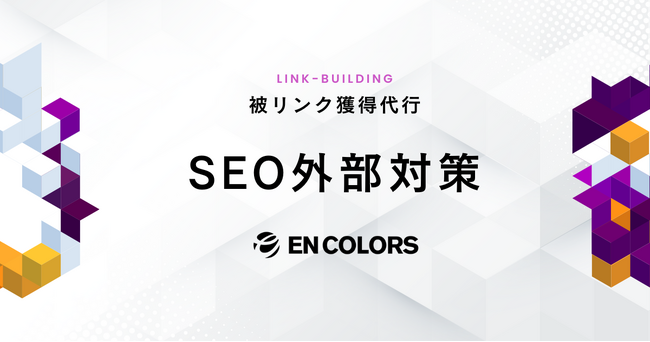On-Page SEO Checklist: Optimize Every Element for Higher Rankings
작성자 정보
- Harley 작성
- 작성일
본문

Internal SEO is the bedrock of any successful organic ranking strategy. It involves enhancing individual web pages to rank higher and attract more qualified traffic. Unlike off-page SEO, which rely on domain authority cues, internal optimization is fully manageable by the website owner.
Start by ensuring your content is high quality and provides real value to your users. Avoid robotic phrasing and address the queries your target market are actively investigating. Integrate primary terms in a way that feels unforced, never clunky. Place your primary keyword in the title tag as close to the beginning as possible and ensure it’s under 60 characters.
The meta tag should provide a compelling overview and use the keyword contextually. It should be persuasive enough to increase click-through rates from search results.
For section titles, use H1 for the main title and hierarchical headings to organize ideas. Use keywords strategically but prioritize readability. Your copy should be logically arranged with snappy sections and numbered lists where beneficial.
Graphics matter too. Choose clear, relevant images and optimize file size to increase site velocity. Never skip SEO-friendly alt attributes that integrates target phrases when it adds context. This supports screen readers and image search rankings.
Site-wide linking is another critical factor. Point to sister articles on your site using descriptive anchor text. This helps search engines understand your site structure and increases session duration.
Your permalink should be short and readable and highlight the core topic. Steer clear of cryptic IDs.
Ensure fast page speed because slow pages hurt user experience and algorithmic favor. Use tools to test your speed and resolve unoptimized assets.
Adaptive structure is essential. More than half of all searches happen on mobile devices. Check UX on various viewports and 横浜市のSEO対策会社 make CTAs and fonts tappable and legible.
Never overlook structured data. Using schema.org helps crawlers interpret your page context and can boost visibility with rich results.
Scan for 404s and copied text. Both can confuse search engines and hurt your rankings. Conduct routine SEO checkups to keep everything running smoothly.
On-page SEO is not a one-time task — it requires ongoing attention and refinement. As your topic depth increases, and as algorithm updates roll out, your content framework must evolve with the landscape.
When done right, it builds a resilient, intuitive structure that supports long-term success.
관련자료
-
이전
-
다음
